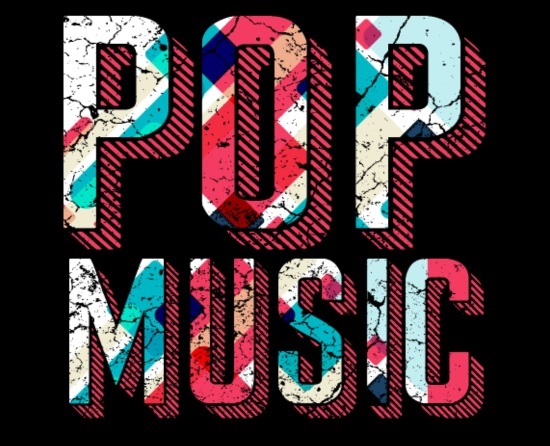Frequently Asked Questions (FAQs)
What are the origins of pop music?
Pop music originated in the United States and Great Britain during the late 1940s and early 1950s. It evolved from a blend of various music styles, including jazz, swing, blues, and country. The genre gained popularity due to its catchy melodies, relatable lyrics, and simple musical arrangements.
How did pop music evolve over time?
Pop music has evolved significantly over time, adapting to changing musical trends and cultural influences. It has absorbed elements from different genres, such as rock, soul, R&B, disco, hip hop, and electronic music. This evolution led to the emergence of various subgenres and hybrid styles within pop music, reflecting the diversity of contemporary music.
Who were the influential artists in the history of pop music?
Pop music has been shaped by numerous influential artists who have left a lasting impact on the genre. Some notable figures include Elvis Presley, The Beatles, Michael Jackson, Madonna, Whitney Houston, Prince, Beyoncé, and Taylor Swift. These artists not only achieved commercial success but also pushed artistic boundaries and influenced the direction of pop music.
What are the key characteristics of pop music?
Pop music is characterized by catchy melodies, relatable lyrics, and memorable hooks. It often follows a verse-chorus structure and places a strong emphasis on vocals. Pop songs are typically rhythmic and upbeat, aiming to engage and entertain listeners. They are concise in duration, usually around three minutes or less, making them easily accessible and enjoyable.
How did pop music impact popular culture?
Pop music has had a profound impact on popular culture. It has been a driving force in shaping trends, fashion, and youth culture. Pop songs often reflect the social and cultural values of their time, becoming anthems that resonate with listeners and spark cultural conversations. Additionally, pop music has influenced other art forms, such as dance, film, and advertising.
What role did technology play in the development of pop music?
Technology has played a crucial role in the development of pop music. Advancements in recording technology, from the phonograph to digital recording, have made it easier for artists to create and distribute their music. The use of synthesizers, drum machines, and digital effects has also shaped the sound of pop music, allowing for new sonic possibilities and innovative production techniques.
How has pop music been influenced by social and cultural changes?
Pop music has been influenced by social and cultural changes throughout history. It reflects and responds to societal shifts, capturing the mood and concerns of different generations. Pop music has addressed various topics, including love, social issues, politics, and personal experiences, providing a platform for artists to express themselves and connect with audiences on a deeper level.
What are some notable subgenres of pop music?
There are numerous subgenres within pop music that have emerged over time. Some notable examples include pop rock, dance-pop, electropop, indie pop, R&B-pop, Latin pop, and trap-pop. These subgenres represent the fusion of pop music with other genres, creating unique sounds and styles that cater to different tastes and preferences.
What is the relationship between pop music and other genres like rock, soul, and R&B?
Pop music has had a symbiotic relationship with other genres like rock, soul, and R&B. It has incorporated elements from these genres, influencing and being influenced by their musical styles and cultural expressions. The boundaries between pop and other genres often blur, as artists from different genres collaborate and experiment, creating music that defies strict categorization.
credit calypso room


1 comment
Há remédios e injeções que são capazes de ser aplicados
pelo próprio paciente antes da conexão sexual,
mas a todo o momento com indicação profissional.
Mas há novas formas de tratamento, basta encontrar com um profissional especializado
socorro o quanto antes. Exenteração pélvica total. Consiste
pela remoção da bexiga, próstata, vesículas seminais e reto, normalmente, por causa um grande tumor de cólon, exigindo tal colostomia quanto urostomia.
Os cânceres de próstata, bexiga e cólon são, algumas vezes, tratados com radioterapia pélvica, o que pode promover
problemas com a ereção. Sabemos que o propósito de uma operação de prostatectomia radical, onde se retira a
próstata, é diminuir o câncer e resguardar a existência do sujeito, todavia, independente do manejo ou técnica cirúrgica utilizada, sequelas surgem em quase 70% dos homens, com
capítulos de incontinência urinária ou problema de ereção transitória.
Se comparados pacientes que passaram pela radioterapia com
os que passaram pela prostatectomia radical, a chance de criar disfunção erétil é duas vezes pequeno.
Alguns homens que exercem radioterapia notarão que tuas ereções mudaram no
decorrer do primeiro ano após o tratamento. https://diet365.fit/g1-orodis-premium-funciona-anvisa-composicao-preco-valor-comprar-resenha-farmacia-bula-reclame-aqui-saiba-tudo-2025/